Saint-Gobain rejects Sika takeover issues
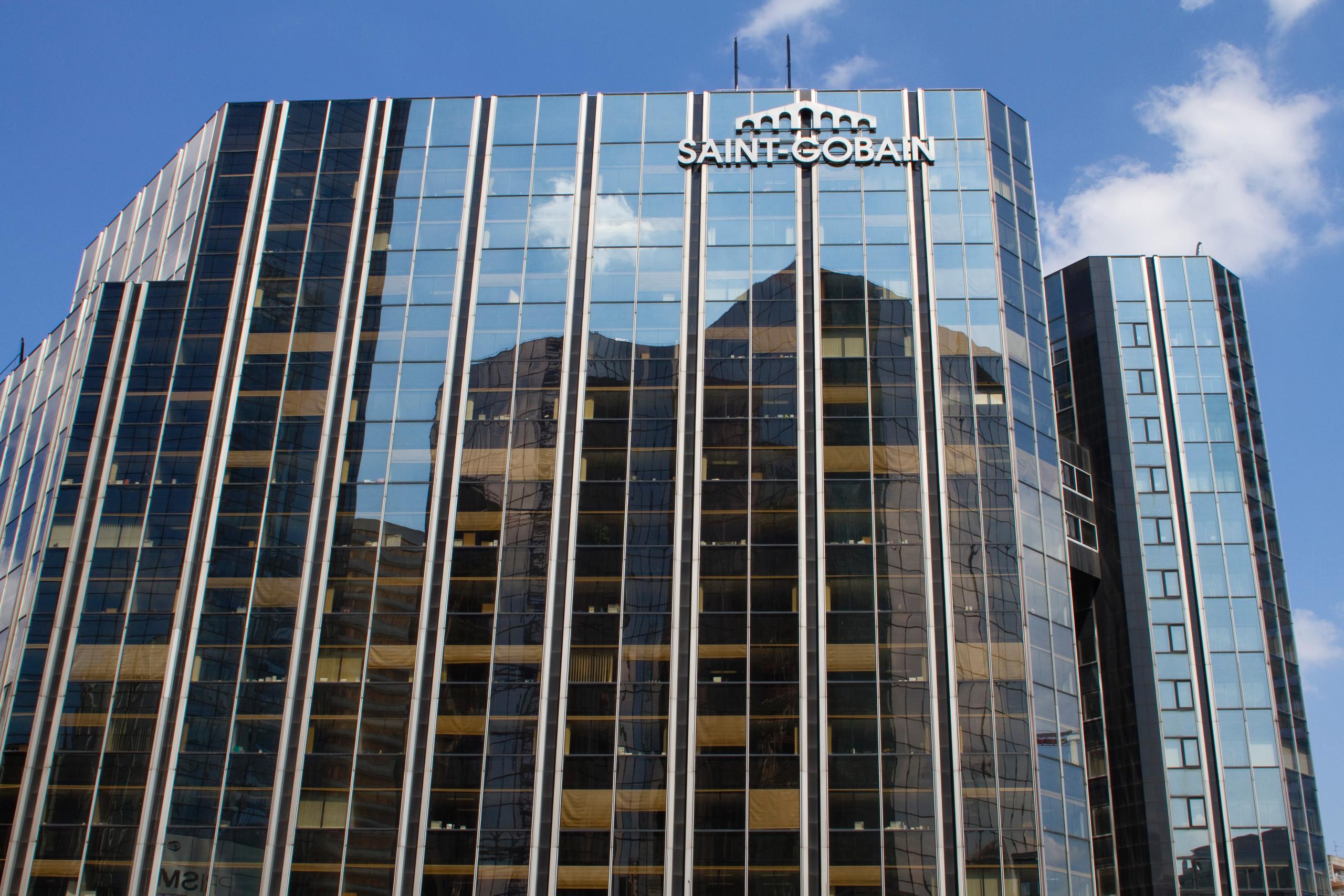
Four years ago a business delegation from Swiss industrial firm Sika visited the new Saint-Gobain Domolab innovation facility on the outskirts of Paris. By last December relations between the two companies had turned sour.
Talk of potential collaboration on innovation projects was replaced by anger and disbelief when Saint-Gobain agreed to buy a controlling stake in Sika from the Burkard family. The descendants of Sika’s founding father offered their 16% stake, along with 52% of voting rights, for CHF2.75 billion ($3 billion) without consulting the Sika board.
Sika’s board decided at an extraordinary general meeting on Friday that it would cap the voting rights of its controlling shareholder at 5%.
But the hostile takeover bid already has turned into a soap opera featuring controversial shareholder meetings, a flurry of legal writs, the Swiss takeover board, the financial regulator – and now the courts.
With media headlines in Switzerland turning ugly, the French industrial group invited Swiss journalists to Paris to put their side of the story. A whistle-stop tour of retail, wholesale and production sites culminated in a visit to the state-of-the-art Domolab centre in the Paris suburb of Aubervilliers.
Its spotless white walls are framed by rustic wooden beams and pillars. Dotted around the walls is an array of innovative materials, including a concrete carpet and noise-proofing glue.
An igloo incongruously occupies one corner of the building, housing a sophisticated lighting display designed for homes.
Good fit?
Against this backdrop, Saint-Gobain chairman and chief executive Pierre-André de Chalendar enthused to Swiss journalists about the potential advantages of the hostile Sika takeover bid. Saint-Gobain has long maintained that putting the two companies together will result in synergy savings of €180 million (CHF188 million) a year.
“Saint-Gobain has a very similar business model and philosophy to that of Sika. Sika has technical competencies that we don’t have, in materials such as chemicals and adhesives, which can be applied to fields that are complementary to the Saint-Gobain business,” de Chalendar told swissinfo.ch.
For example, Saint-Gobain manufactures car windscreens while Sika produces the glue that fits them in place. Combining both products under one roof would make logical business sense.
But what if both companies produce the same product for the same market? The crux of Sika’s argument against the deal – besides it being unfair because only the Burkards would benefit financially – is that both companies compete directly in the mortar business.
The Swiss firm fears that its mortar-producing business would just get cannibalised, with the pieces being fed to Saint-Gobain’s competing Weber unit.
“Saint-Gobain did not do a very good job with its due diligence,” said Sika chief financial officer Adrian Widmer at an investors meeting in Zurich in June.
“Despite what you have been told, there is only marginal direct competition, and in only a few areas, between the Weber and Sika brands,” countered de Chalendar, arguing that Sika produces speciality mortars mixed with chemicals for large-scale construction sites while Weber’s main product is standard mortar for homes.
On Thursday, the European Commission appeared to side with the Saint-Gobain argument by ruling that the proposed merger would not violate fair competition. The ruling said that the competing mortar businesses of each company were largely complementary rather than overlapping.
Shareholders have say
In Paris in July, Saint-Gobain went to great lengths to persuade the Swiss media that it had already bolted on different companies to its array of business units without suffocating their independence. Journalists were taken around industrial sites dotted around the French capital to see builders’ merchants and DIY stores Point P, Outiz and La Plateforme du Batiment.
The point of the tour was that there was some overlap between stores in terms of products, including Sika wares, and customers. The message given after the tour was that Saint-Gobain’s central management allows units to compete against one other without interfering.
“Saint-Gobain is a decentralised company and we operate our business lines using the arm’s length principle. Internal competition between our units is healthy and develops a positive fighting spirit. Without this arm’s length approach it would encourage laziness and inefficiencies,” said de Chalendar.
This principle would be applied to Sika’s mortar business and Weber, he added.
Sika shareholders didn’t accept that argument at Friday’s extraordinary general meeting where they considered a Burkard family proposal to cancel the election of Sika’s board at the AGM in May – on the grounds that the Burkard vote was unfairly restricted.
The vote to restrict the voting rights of Sika’s controlling shareholder at 5% was important because the current Sika board has claimed the right to block the Burkard shares, via its holding company Schenker Winkler Holding (SWH), to Saint-Gobain. That “right”, which applies to votes on the removal of several board members and election of a new chairman, will eventually be decided by the Swiss courts.
In the meantime, Saint-Gobain has been sidelined to the role of passive observer. The French company will keep its share purchase offer open to the Burkard family until June 2016.
“This year Saint-Gobain is celebrating its 350th anniversary. I am very patient. Saint-Gobain makes decisions with a long-term perspective,” de Chalendar told swissinfo.ch.
The controversial proposed sale of Burkard family shares to Saint-Gobain was announced in December. The Sika board objected on the grounds that they were not consulted about the deal and because it believes it lacks industrial logic.
Sika’s decision to cut SWH votes at the company’s AGM sparked a legal injunction bid by SWH in the Zug cantonal court (where Sika has its HQ). This was dismissed, but SWH lodged an appeal with the Zug Supreme Court after the AGM – this too was rejected.
On May 22, SWH filed another legal complaint in Zug asking for the court to rule the AGM vote invalid on the grounds that its vote was restricted. This case will be heard in the first instance next year, but could drag on another year if appeals are lodged. This hearing will determine whether Sika’s board can veto the indirect transfer of large blocks of shares.
SWH has also issued writs against some board members, suing them for using company funds to support their objections to the takeover bid.
The Bill & Melinda Gates Foundation, via Cascade Investments, is attempting to have the opting out clause scrubbed from Sika’s articles of association. This allows the Burkards to sell their majority voting stake without Saint-Gobain having to offer the same terms to all shareholders. The Swiss Takeover Board and the financial regulator have both rejected this appeal and it has now gone on to the Federal Administrative Court.
Cascade and the Bill & Melinda Gates Foundation have also issued a writ against Urs Burkard, a member of the Burkard shareholding clan and a Sika board member, complaining that he neglected to act in the best interest of all shareholders when negotiating the Saint-Gobain deal.

In compliance with the JTI standards
More: SWI swissinfo.ch certified by the Journalism Trust Initiative
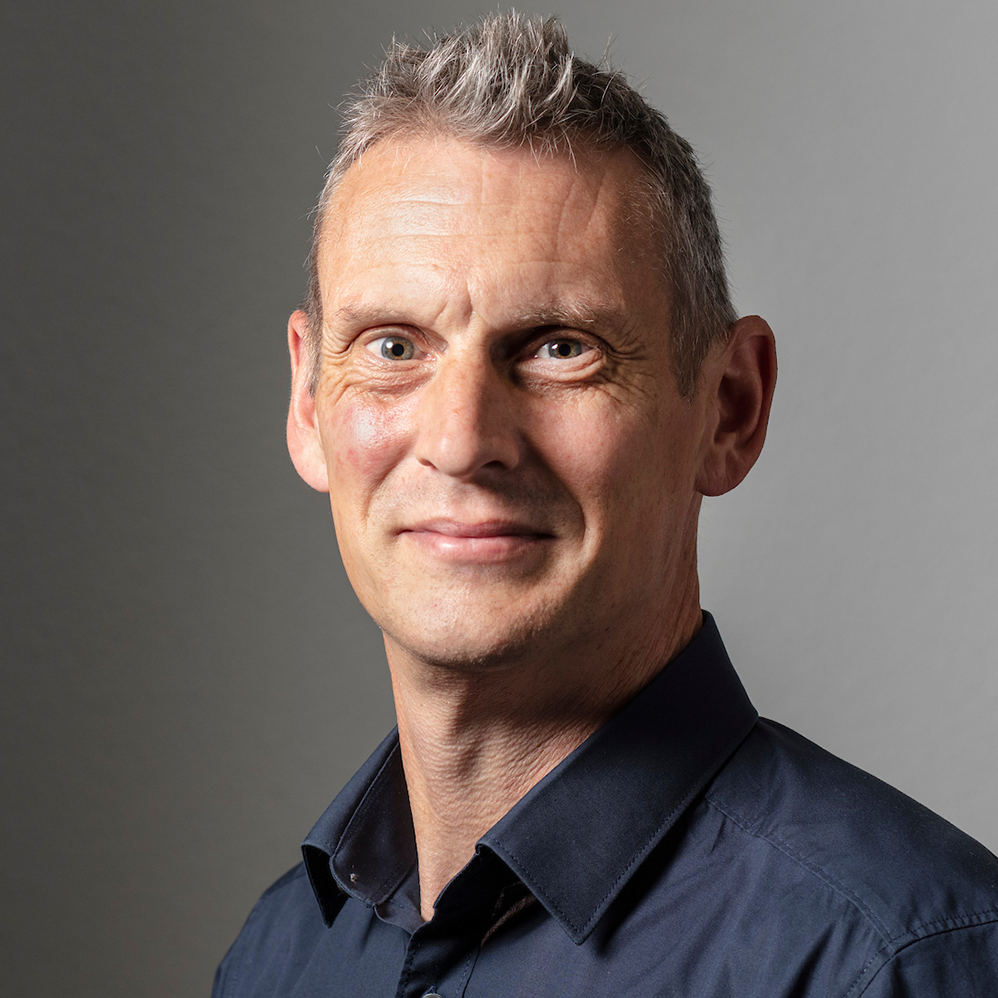
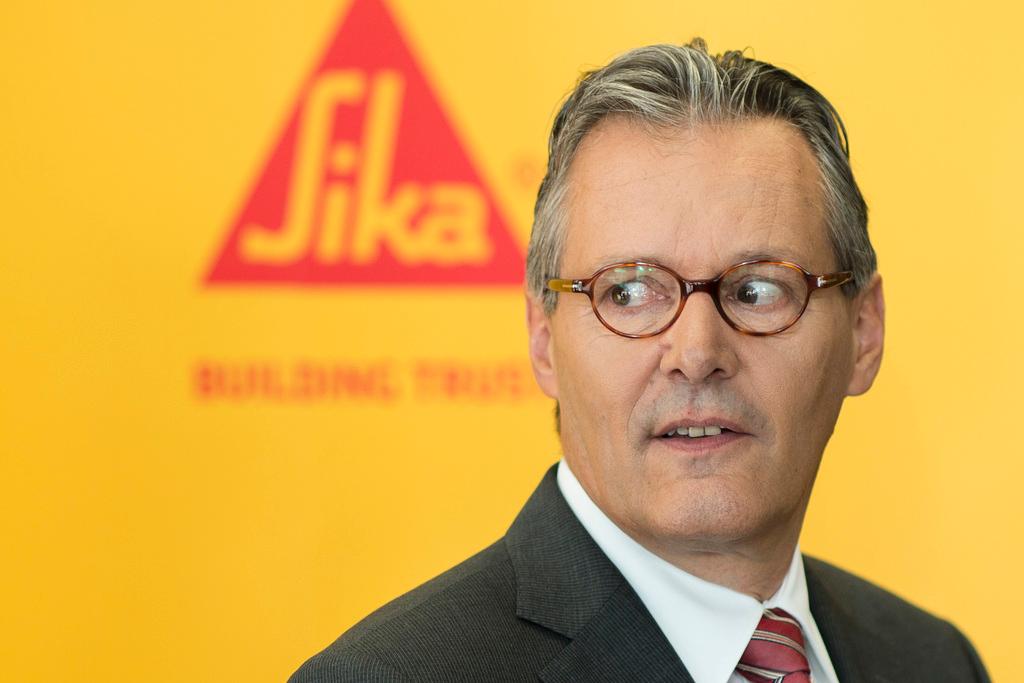
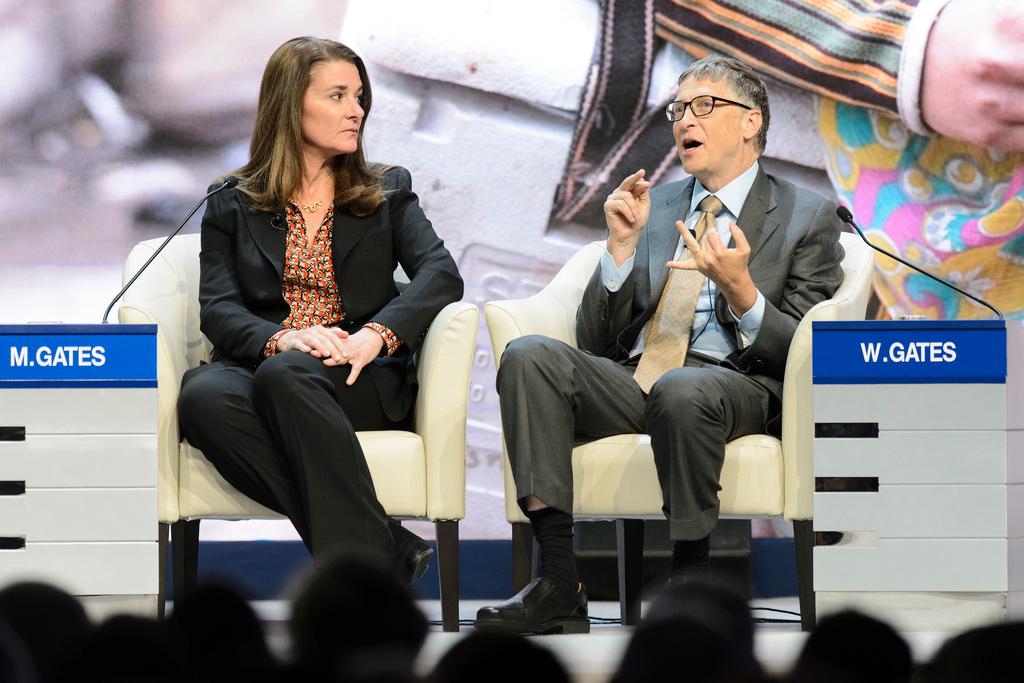
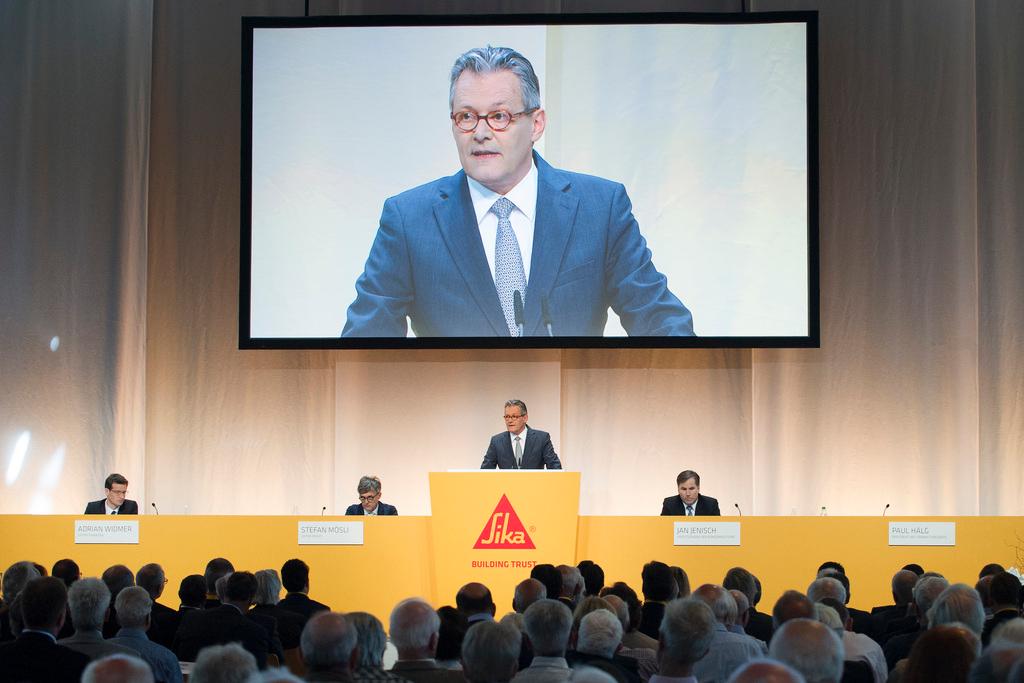
You can find an overview of ongoing debates with our journalists here. Please join us!
If you want to start a conversation about a topic raised in this article or want to report factual errors, email us at english@swissinfo.ch.